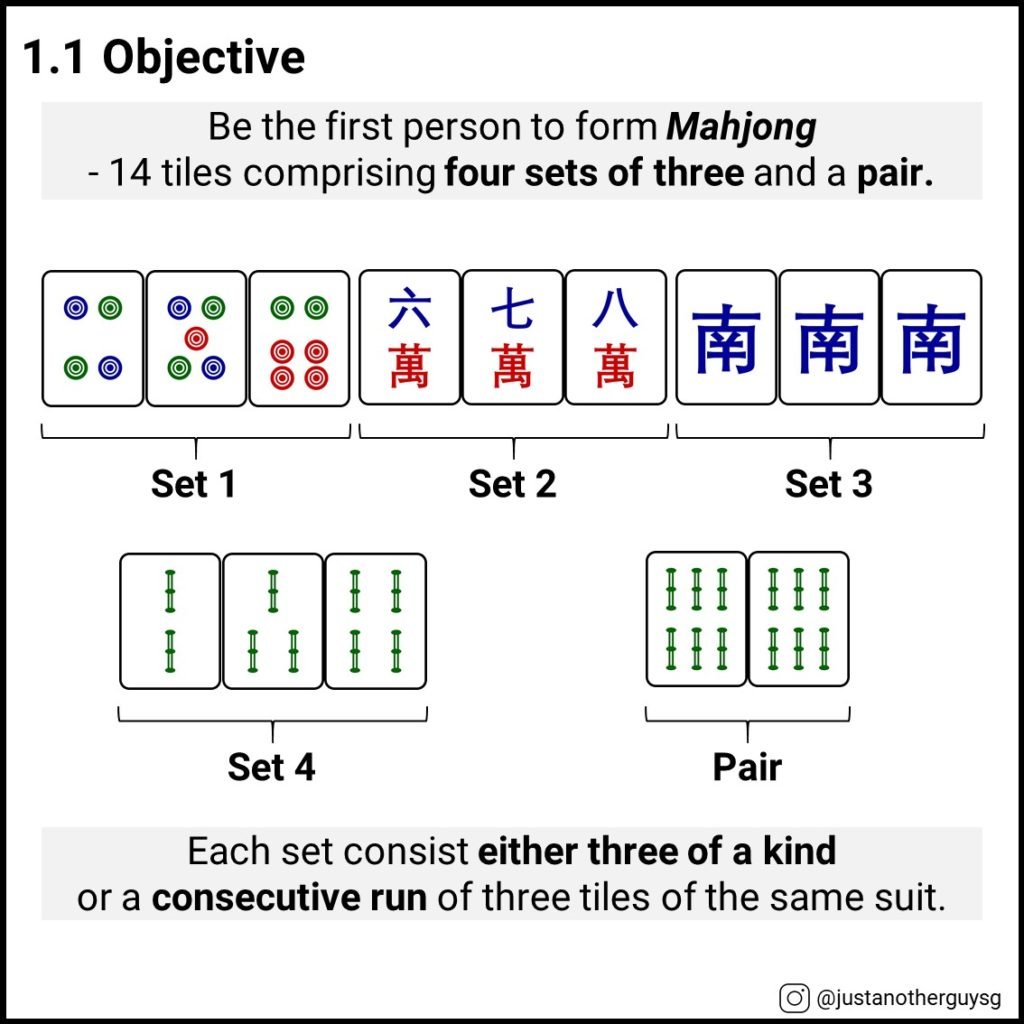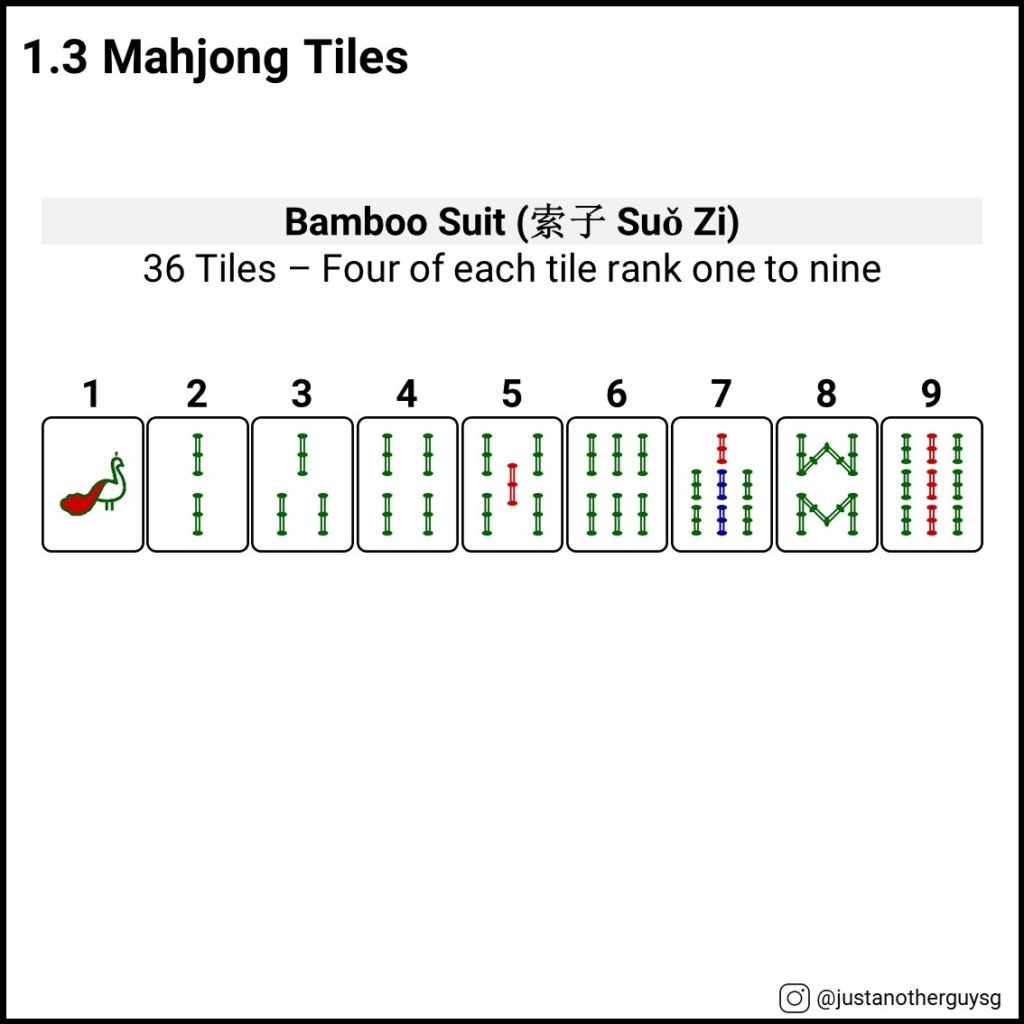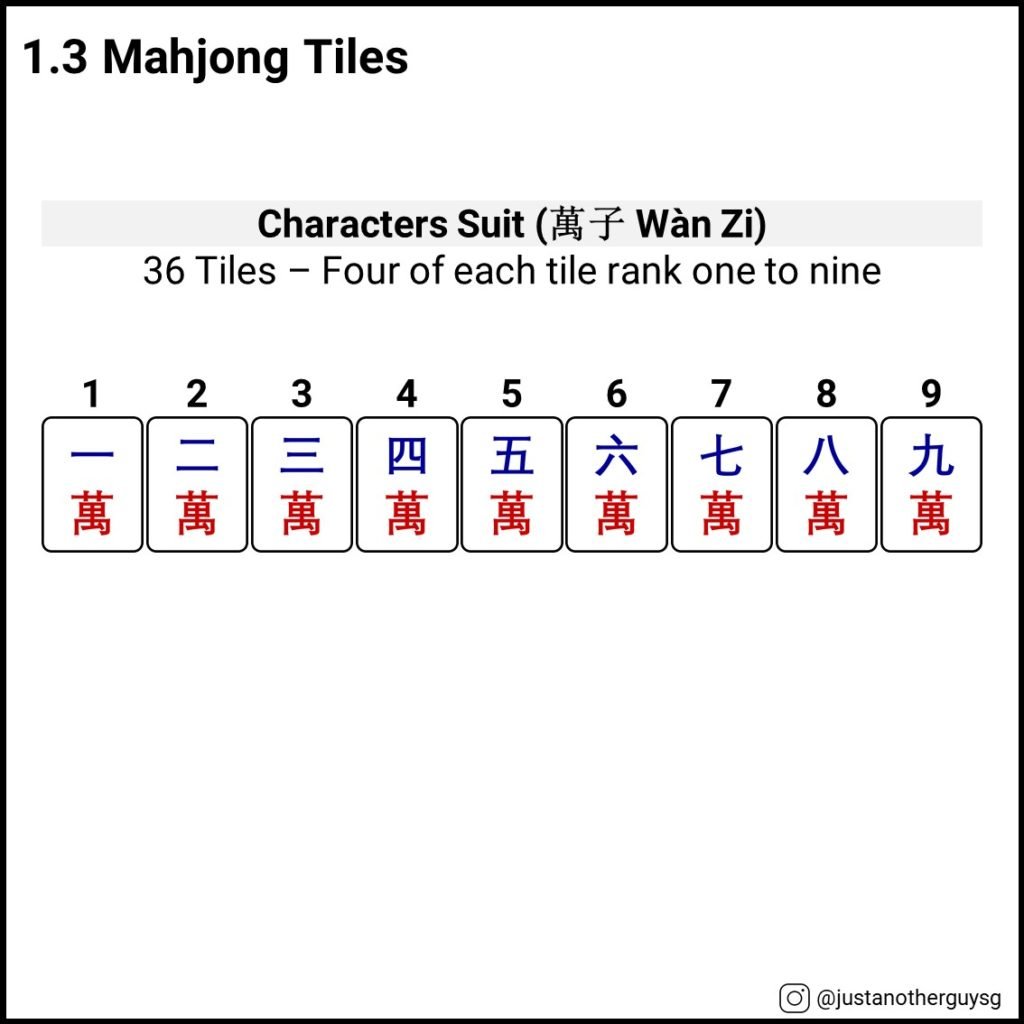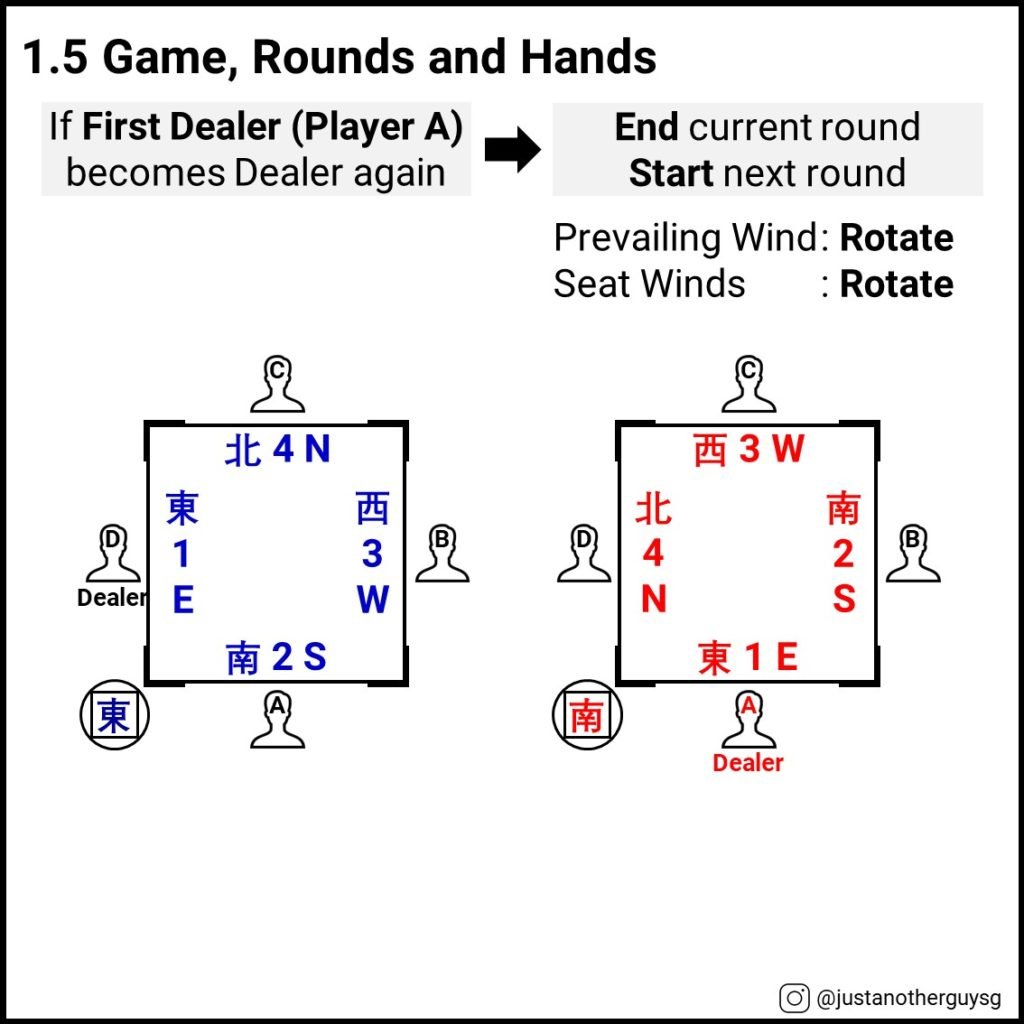Before the Crazy Rich Asians movie romanticised the Mahjong game, this fast-paced strategy tile game which originated from China had already been a long-standing pastime in the Singaporean heartlands. Wind the clocks back a decade ago, I can still recall the vague memories of my first encounter with Mahjong. During a weekend chalet with my friends back then, I decided to give a shot at the game as many said that the game teaches important life lessons 🤔. Game after game and after a long chilly night, it turned out to be a humbling experience to pay tuition fees for the lessons as I struggled to learn and remember the rules of the game.
Over the years, learning Mahjong has certainly evolved and you can even learn Mahjong through Airbnb in Singapore now! It certainly taught me valuable lessons in life, and I hope that others will learn and come to appreciate this game of intellect. With that, the How to Play Singapore Mahjong Series was conceptualised to write a beginner’s guide (with some help from wikipedia), adding infographics and translations along the way to help understand the rules and concepts. 😉
Overview
This series can be broken down into the following parts as follows:
Part 1 – Introduction (this post)
Part 2 – Rules
Part 3 – Scoring and Winning
In Part 1, I will share about the overview of Mahjong. This part is split into five sections:
1.1 Objective
1.2 Equipment
1.3 Mahjong Tiles
1.4 Table Setup
1.5 Game, Rounds and Hands

1.1 Objective
Be the first person to form Mahjong – 14 tiles made up of four sets of three and a pair.
Each set consist either three of a kind or a consecutive run of three tiles of the same suit. This is done through drawing, taking and discarding of tiles during player turns, which will be elaborated in subsequent sections.
But first, let us take a look at equipment needed to play the game.

1.2 Equipment and Players
Each game would require the following:
– 1 Mahjong Table
– 1 Mahjong Set (the Singapore version has 148 tiles)
– 1 Chip Set
– 4 Players
1.3 Mahjong Tiles
There are a total of 148 tiles in the Singapore version of Mahjong, split into the following categories:
– Suits: Bamboo, Circles and Characters
– Honors: Winds and Dragons
– Bonus: Flowers and Animals

Bamboo Suit (索子 Suǒ Zi)
The Bamboo Suit comprise four tiles of each rank from one to nine, making a total of 36 tiles. It is represented by sticks, with the exception of 1 Bamboo which is usually represented by a bird.

Circles Suit (筒子 Tǒng Zi)
The Circles Suit comprise four tiles of each rank from one to nine, making a total of 36 tiles. It is represented by multi-colored cirles.

Characters Suit (萬子 Wàn Zi)
The Characters Suit comprise four tiles of each rank from one to nine, making a total of 36 tiles. It is represented by a combination of the Chinese characters for numbers (e.g. 一,二) and ten thousand (萬).

Wind Honor Tiles (风牌 Fēng Pái)
The Wind Honor Tiles comprise four tiles of each point on the Compass, making a total of 16 tiles – East (東 Dōng), South (南 Nán), West (西 Xī) and North (北 Běi). They are represented by their respective Chinese characters in blue.

Dragon Honor Tiles (三元牌 Sān Yuán Pái)
The Dragon Honor Tiles comprise four tiles of each colored Chinese character, making a total of 12 tiles – Red (紅中 Hóng Zhōng), Green (發財 Fā Cái) and White (白板 Bái Bǎn). They are represented by Chinese characters in red, green and white respectively.

Flower Bonus Tiles (花牌 Huā Pái)
The Flower Bonus Tiles comprise one set of Four Seasons tiles (四季 Sì Jì) in blue and one set of Four Gentlemen tiles (四君子 Sì Jūn Zi) in red, each marked with a number from one to four for each set, making a total of eight tiles. They are represented by the icons of seasons and flowers respectively.

Animal Bonus Tiles (動物牌 Dòng Wù Pái)
The Animal Bonus Tiles comprise four animal tiles – Cat (貓 Māo), Mouse (老鼠 Láo Shŭ), Rooster (公雞 Gōng Jī) and Centipede (蜈蚣 Wú Gōng). They are represented by animals (as I couldn’t find the centipede icon, let’s make do with an earthworm for now 😅) .

1.4 Table Setup
The initial Seat Winds are setup with each player occupying a side of the square Mahjong table, denoted by a Wind and a number in the anticlockwise chronological order of East (東 Dōng) and 1, South (南 Nán) and 2, West (西 Xī) and 3, and finally North (北 Běi) and 4. The Wind and number positions are important for scoring and winning.
With Player A being the First Dealer, a marker is placed at his left corner to indicate the Prevailing Wind of the Round (explained below). The First Dealer is a reference point to determine the rotation of rounds and does not change throughout the Game.

1.5 Game, Rounds and Hands
Each Game comprise four rounds. Each Round is denoted by a Wind in the chronological order of East (東 Dōng), South (南 Nán), West (西 Xī) and finally North (北 Běi). This is also known as the Prevailing Wind of the Round. Each Round comprise at least four hands, with each Player getting the opportunity to be the Dealer through rotation.


The first Hand of the first Round of East (東 Dōng) begins with Player A as the Dealer. When a Player other than the Dealer of the Hand (i.e. Players B, C or D) wins the Hand, the Seat Winds rotate in an anticlockwise direction, with Player B taking up the position of the Dealer, while the Prevailing Wind remains as East (東 Dōng) for the next Hand. The rotation continues until Player A (being the First Dealer) takes up the Dealer position again, signifying the end of the first Round of East (東 Dōng) and the start of the second Round of South (南 Nán).

If the Dealer wins or if there is no winner for the Hand, the Dealer, the Prevailing Wind and the Seat Winds do not rotate. Instead, everyone retains their position and plays an additional round with the same Seat Winds and Prevailing Wind. This phenomenon is termed 留庄 (Liú Zhuāng) and repeats until any Player other than the Dealer wins the Hand. Hence, there might be a chance that there are more than 4 Hands for each round, and more than 16 Hands per Game.
The Hands continue to be played and the Game ends when the last Hand (Player D being the Dealer for the Prevailing Wind of North (北 Běi)) finishes.
With this, I have covered the brief overview of Mahjong. Feel free to comment down below if you have any questions.
I will touch on the Rules in Part 2. Stay tuned! 😄
Icons sourced from icons8.
